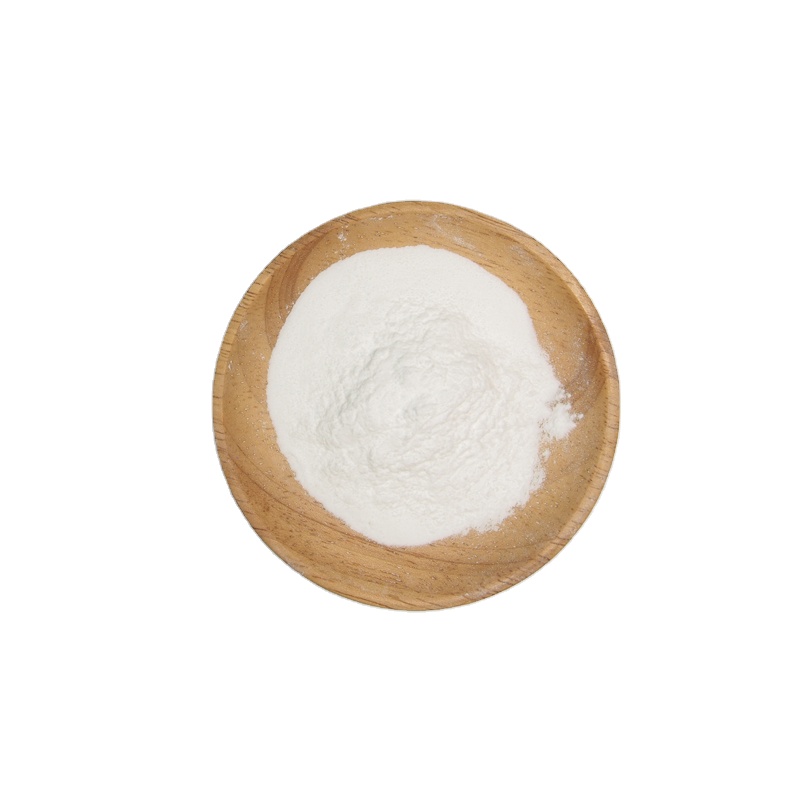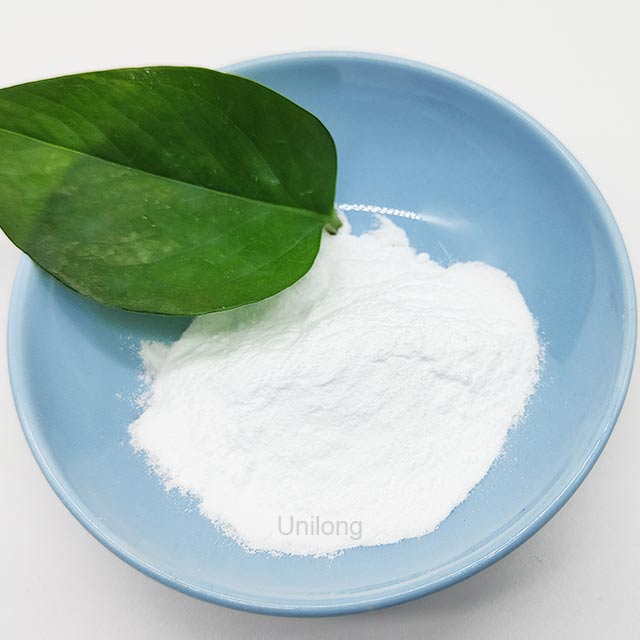What is Polyethylene Glycol ?
The properties vary depending on the relative molecular weight, ranging from colorless and odorless viscous liquid to waxy solid. Those with a molecular weight of 200 to 600 are liquid at room temperature, and those with a molecular weight above 600 gradually become semi-solid. The properties also vary with the difference in average molecular weight. From colorless and odorless viscous liquid to waxy solid. As the molecular weight increases, its moisture absorption capacity decreases accordingly. This product is soluble in water, ethanol and many other organic solvents. Low vapor pressure, stable to heat, acid and alkali. Does not work with many chemicals. It has good hygroscopicity, lubricity and adhesion. Non-toxic and non-irritating. The average molecular weight is 300, n=5~5.75, the melting point is -15~8℃, and the relative density is 1.124~1.130. The average molecular weight is 6Chemicalbook00, n=12~13, the melting point is 20~25℃, the flash point is 246℃, and the relative density is 1.13 (20℃). The average molecular weight is 4000, n=70~85, and the melting point is 53~56℃. Under normal conditions, polyethylene glycol is very stable, but it can react with oxygen in the air at temperatures of 120°C or higher. In an inert atmosphere (such as nitrogen and carbon dioxide), it will not change even if it is heated to 200~240℃. When the temperature rises to 300℃, thermal cracking will occur. Adding antioxidants, such as phenothiazine with a mass fraction of 0.25% to 0.5%, can improve its chemical stability. Any of its decomposition products are volatile and will not form a crusty or slimy sediment.
Especificação
| Item |
Aparência(25℃) |
Cor
Pt-Co |
Hidroxilo mgKOH/g |
MW |
Ponto de congelamento ℃ |
Água(%) |
pH |
| PEG-200 |
incolor líquido transparente |
≤20 |
510~623 |
180~220 |
— |
≤1.0 |
5.0 a 7.0 |
| PEG-300 |
incolor líquido transparente |
≤20 |
340~416 |
270~330 |
— |
≤1.0 |
5.0 a 7.0 |
| PEG-400 |
incolor líquido transparente |
≤20 |
255~312 |
360~440 |
4~10 |
≤1.0 |
5.0 a 7.0 |
| PEG-600 |
incolor líquido transparente |
≤20 |
170~208 |
540~660 |
20~25 |
≤1.0 |
5.0 a 7.0 |
| PEG-800 |
Branco leitoso colar |
≤20 |
127~156 |
720~880 |
26~32 |
≤1.0 |
5.0 a 7.0 |
| PEG-1000 |
Milky white paste |
≤20 |
102~125 |
900~1100 |
38~41 |
≤1.0 |
5.0 a 7.0 |
| PEG-1500 |
Branco leitoso sólido |
≤20 |
68~83 |
1350~1650 |
43~46 |
≤1.0 |
5.0 a 7.0 |
| PEG-2000 |
Branco leitoso sólido |
≤20 |
51~63 |
1800~2200 |
48~50 |
≤1.0 |
5.0 a 7.0 |
| PEG-3000 |
Branco leitoso sólido |
≤20 |
34~42 |
2700~3300 |
51~53 |
≤1.0 |
5.0 a 7.0 |
| PEG-4000 |
Branco leitoso sólido |
≤20 |
26~32 |
3600~4400 |
53~54 |
≤1.0 |
5.0 a 7.0 |
| PEG-6000 |
Branco leitoso sólido |
≤20 |
17.5~20 |
5500~7000 |
54~60 |
≤1.0 |
5.0 a 7.0 |
| PEG-8000 |
Branco leitoso sólido |
≤20 |
12~16 |
7200~8800 |
55~63 |
≤1.0 |
5.0 a 7.0 |
Aplicação
- Polyethylene Glycol Gas chromatography stationary liquid (maximum operating temperature 200°C, solvents are acetone, chloroform, methylene chloride), separate and analyze oxygen-containing compounds such as alcohols, ketones, aldehydes, moisture in polytetrafluoroethylene, fatty amines, and volatile oils. It is widely used as a carrier and as a modifier for the inner wall of capillary columns. Organic Synthesis.
- Polyethylene Glycol used in softeners, lubricants, etc.
- Polyethylene Glycol used as matrix in cosmetics and cosmetics, and as dispersant, lubricant, emulsifier, etc. in rubber, metal processing, pesticide and other industries.
- Organic synthetic media, humectants for daily cosmetics and industrial use, inorganic salt solubilizers, viscosity regulators, etc. are used as flocculants, fluid antifriction agents, textile sizing agents, retention and filter aids, binders, solubilizers, etc. Thickeners and denture fixatives, etc.
- Polyethylene Glycol used as a matrix in the cosmetics industry and as a dispersant and lubricant in the rubber, metal processing, pesticide and other industries. Used in cosmetics, pharmaceuticals, chemical fiber, rubber, papermaking, paint, electroplating, pesticides, metal processing and food processing. and other industries
- Polyethylene Glycol used as a moisturizer in cosmetics, industry, and the wood industry. Used as a molding agent, lubricant for metal wire drawing, stamping and molding, lubricant in the papermaking industry, cutting fluid, grinding fluid cooling lubrication, and polishing agent. Used as PVC. Lubricants, masterbatch additives, textile softeners, pigment dispersants, etc.
- Polyethylene Glycol as a papermaking additive, it can improve the retention rate of fillers and fine fibers. When the relative molecular mass is above 3 million, it has good dispersion, certain wettability, drag reduction and pyrolysis properties. It is an effective deflocculant. Adding it to pulping can increase the viscosity of slurry, prevent fibers from adhering to each other, improve paper evenness, reduce pulping power consumption, and improve physical strength.
Embalagem
Packaging, storage and transportation: PEG200, 400, 600, 800, 1000, 1500, 2000 and 3000 are packed in 200kg iron drums or 50kg plastic drums; PEG-4000, 6000 and 8000 are packed in 20Kg woven bags after being sliced. This series of products is non-toxic and non-flammable and should be stored and transported as general chemicals. Store in a dry and ventilated place. Shelf life two years















